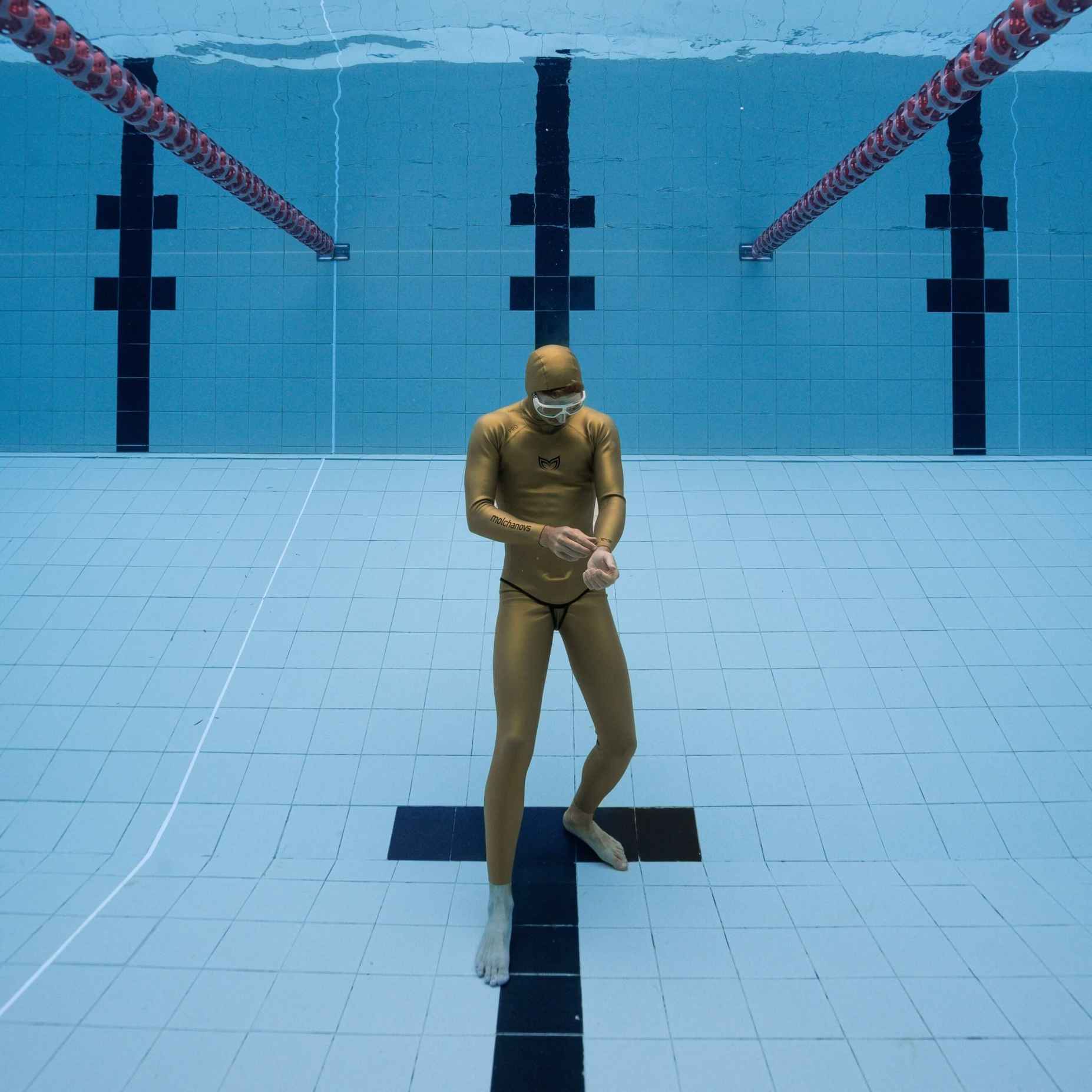How to Take Care of Your Freediving Bifins and Monofin

By Kristina Zvaritch
Contributors: Teagan Kane
Freediving bifins and monofins can be one of the most considerable investments you make in your freediving career. Whether you have plastic, fiberglass, or carbon blades on your fins, all of these materials have special care and storage instructions that can help increase the life expectancy of the equipment. If you do not take special care of your bifins and monofin, breakage or deformities in the material can happen. The question is: what special care do freediving bifins and monofins require?
Freediving bifins and monofins should always be rinsed in fresh water after a session, kept out of direct sunlight, and stored properly. You should also enter the water carefully and avoid pressing the blade against hard surfaces, such as a pool wall or walking on land while wearing bifins. Continue reading below for more in-depth information.
In-water care
To avoid accidental breakage of your bifins or monofin, you also need to take special care in the water.Entering the water
Entering from the shore does not mean that you can put your bifins on and walk into the water. Scraping the blade on sand and on rocks will ruin and possibly break your fins. It is best to go into water that is chest-deep (or deeper if you are comfortable in the water), have your mask on and your snorkel in your mouth, and float at the surface while slipping your feet into your foot pockets. Wearing the fins at this depth will ensure that you can bend your legs while floating vertically and avoid accidentally touching the floor with your blades. You should remove your fins at the end of a dive session at this level of water as well.If you are jumping into the water from a boat or from the edge of land and are comfortable in the water, you can jump in without fins, have someone hand your fins to you, and put them on with your mask on and snorkel in your mouth as stated above. If you prefer to have your fins on before you enter the water, make sure to slide into the water with your heels first and your blades at an upward angle, as jumping in with the blades horizontal to the surface of water will put undue stress on the blades and may cause them to snap.
Pool training
Standing in the pool is not recommended with a monofin or bifins, especially if the blade of your fins has a more pronounced angle. This also applies to pushing off of the side of the pool wall or floor; avoid pressing your blades against any hard surface as it may damage or break them. Instead, use your heels to push off of a pool wall.Rinse in fresh water
Whether you are training in the salty ocean or in a chlorinated pool, your equipment should be consistently and thoroughly rinsed in fresh water after your session is complete. Seawater contains salt, which is the enemy of every piece of diving equipment, and will drastically decrease the life expectancy of your fins. Rinsing immediately after diving is advised, as the longer you leave your equipment unrinsed, the more salt crystals build up. These salt crystals dissolve easier in lukewarm water rather than in cold water, so rinse your bifins and monofin as quickly as possible after a dive session in a tub of lukewarm water or from a water hose, paying special attention to every detail and groove of the blade and foot pockets.Keep out of the sun
Your skin is not the only thing that needs protection from the sun. Freediving equipment gets enough sunlight while you are diving, so this means that when you are leaving your gear to dry, it should be in the shade and out of direct sunlight. UV rays break down rubber and fabric and allow salt crystals to build-up quicker, which can stealthily damage your bifins and monofin over time.Proper storage
Whether it is for a short period or extended amount of time, your bifins or monofin should never be stored upright and against a wall with the blade facing down and pressed against the floor, as this deforms the blade. It is important to lay fins flat on a surface and out of the way so no one will accidentally step on them. You can also hang fins or monofins vertically and blade-down between properly-spaced slats, like a fin rack. However you store your fins, they should always be kept out of direct sunlight and stored in a cool, dry place. Wait until your bifins or monofin are fully dry before putting them in a bag or placing them in storage.Final thoughts
Travel carefully with your gear, and check your bifins and monofin periodically for any scratches, cracks, rubber fatigue, and stress marks. Using Silicone Grease on your open-heel foot pockets, such as the foot pockets on the Molchanovs CB2 fins or CM3 monofin, can extend the life of your foot pockets. If you discover an issue with your bifins or monofin, be sure to take detailed photos of the product and send them to the manufacturer for possible solutions and advice before attempting to fix it yourself.Treat your gear as you would treat a loved one, with care and attention, and make sure to take a certified freediving course to learn the proper technique in order to get the most out of your equipment.






Leave a comment